Blogs Related Mining Equipment, Projects & Process Plants

How to Treat Carbon-Containing Gold Ore?
Struggling with gold that keeps disappearing? Carbon-containing ores trap precious metals, making their extraction a challenging process. We faced this challenge firsthand—until we cracked the code on pretreatment. Carbon-containing gold ore requires pretreatment to neutralize “preg-robbing” carbon before extraction. Key steps include ore characterization, carbon removal (roasting/bio-oxidation), and tailored cyanidation.
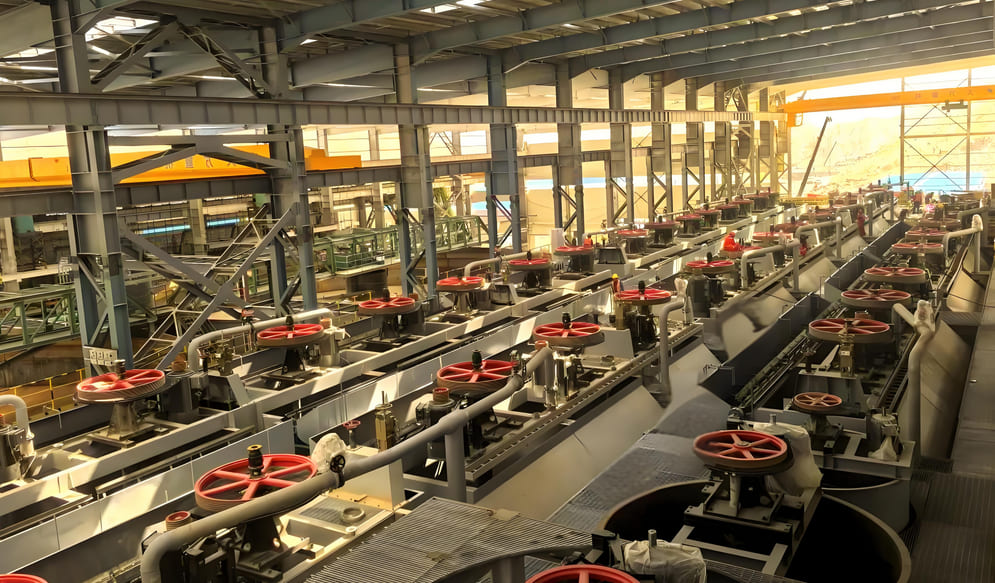
Lead-Zinc Ore Flotation Operation Precautions: Froth Layer Control and Observation Techniques
During the lead-zinc ore flotation process, controlling the froth layer and observing the froth state are key operational steps that directly impact concentrate grade and recovery. The following is a professional operating guide. Control of Foam Layer Thickness & Scraping Volume During Each Operation The froth layer is where flotation
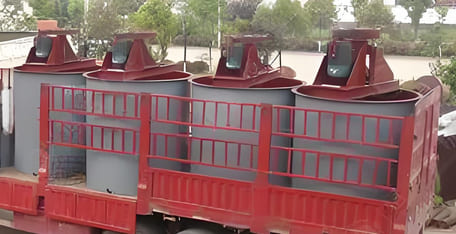
Which Ore is Heap Leaching Suitable For?
Heap leaching has emerged as a cost-effective extraction method for certain types of gold ores, particularly those that meet specific geological and mineralogical criteria. Heap leaching for gold extraction generally yields relatively low gold recovery rates due to the coarse particle size of the ore and its weak interaction with
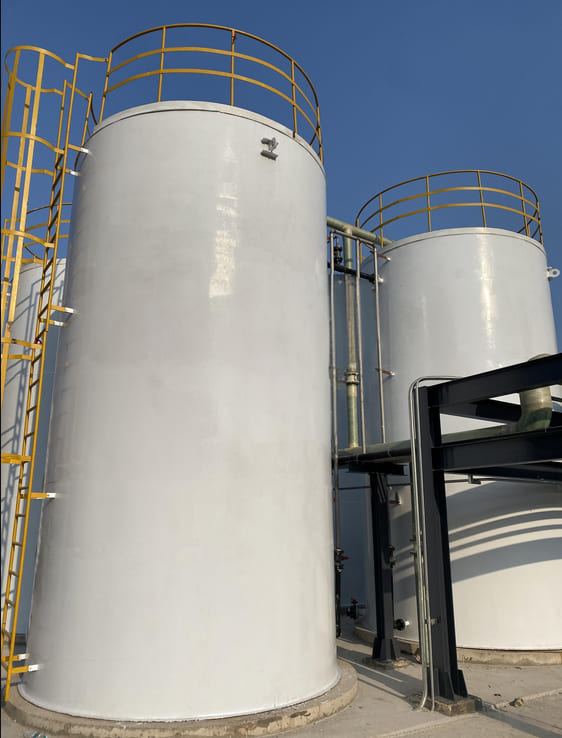
How to Effectively Separate Copper and Lead from Lead-Zinc Ores?
Separating copper from lead in lead-zinc ores remains one of the toughest challenges in mineral processing. Traditional methods create environmental concerns, while new approaches promise cleaner solutions. Effective copper-lead separation requires the selective inhibition of one metal while allowing the other to float. Traditional methods utilize toxic chemicals, such as
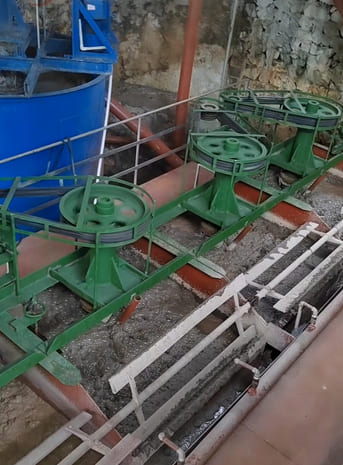
Copper-Nickel Sulfide Ores: Ore Introduction, Beneficiation, and Flotation Strategies
Copper-nickel sulfide ores represent a critical source of base metals, fueling industries from electronics to aerospace. These complex ores, primarily composed of minerals like pentlandite ((Fe,Ni)₉S₈), chalcopyrite (CuFeS₂), and pyrrhotite (Fe₇S₈), require sophisticated beneficiation methods due to their intergrown textures and varying compositions. This article explores copper-nickel sulfide ore, the beneficiation
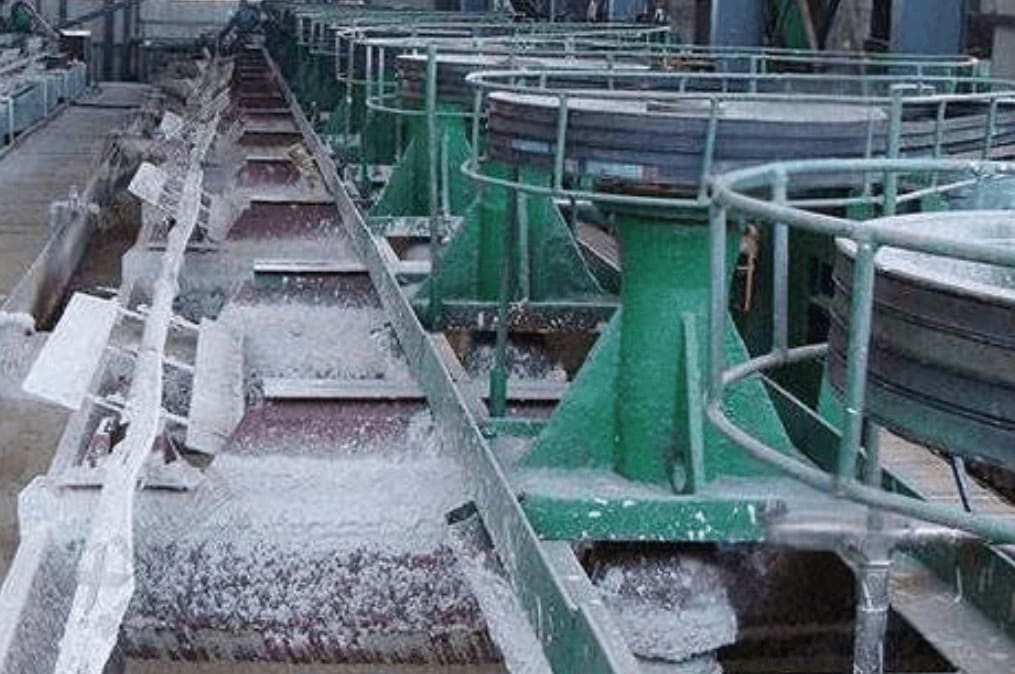
How to Design The Beneficiation Process of Copper Mines According to Ore Type?
Choosing the wrong beneficiation process can waste resources and reduce copper recovery rates. Different copper ores require different approaches. Let me show you how to match the right process to your ore type. Copper ore beneficiation processes vary by ore type. Sulfide ores use flotation, oxide ores need leaching, while
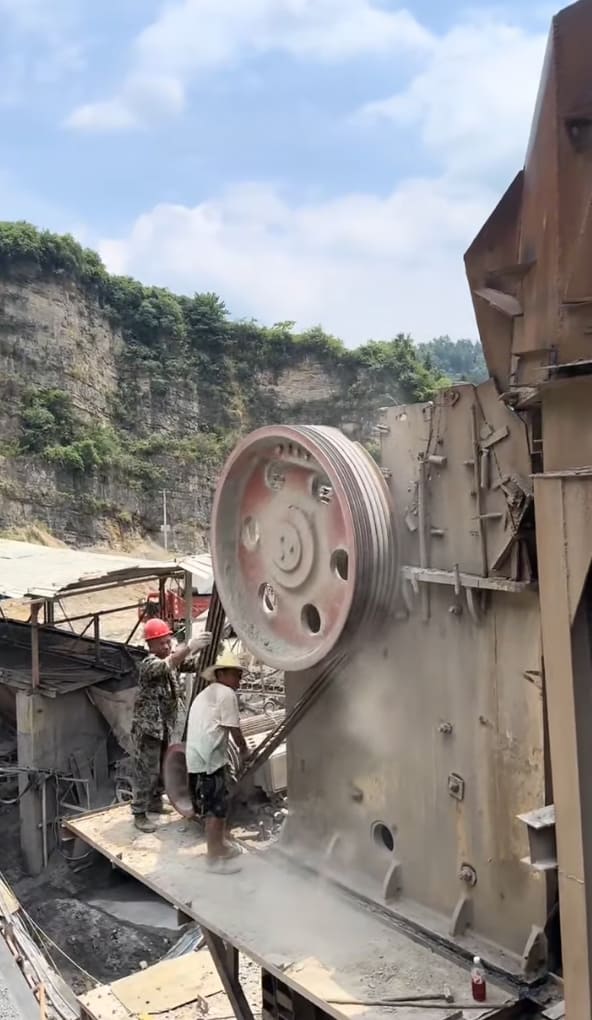
Crushing and Grinding Equipment Selection Guide for Mineral Processing Plants
Crushing and grinding operations are undoubtedly crucial links in the entire mineral processing plant process. They not only foreshadow the mineral processing process but also crucially determine the plant’s technical and economic indicators, energy consumption, and ultimate profitability. Crushing and grinding plants continuously supply qualified material for subsequent separation operations
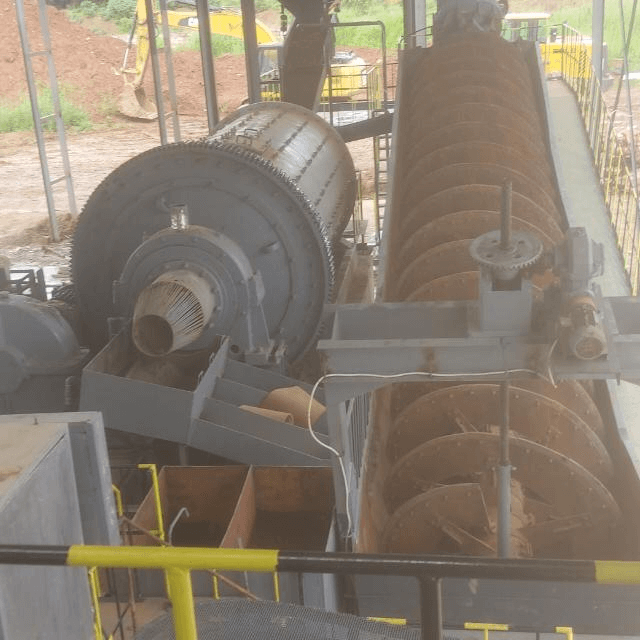
What Is & How to Optimize the Circulating Load in a Closed-circuit Grinding System?
Grinding systems are the backbone of mineral processing plants. But inefficient grinding can drain energy and reduce productivity. One key parameter for optimization is “circulating load.” Circulating load refers to the amount of coarse material returned to the grinding mill for reprocessing in a closed-circuit system. Optimizing this load improves
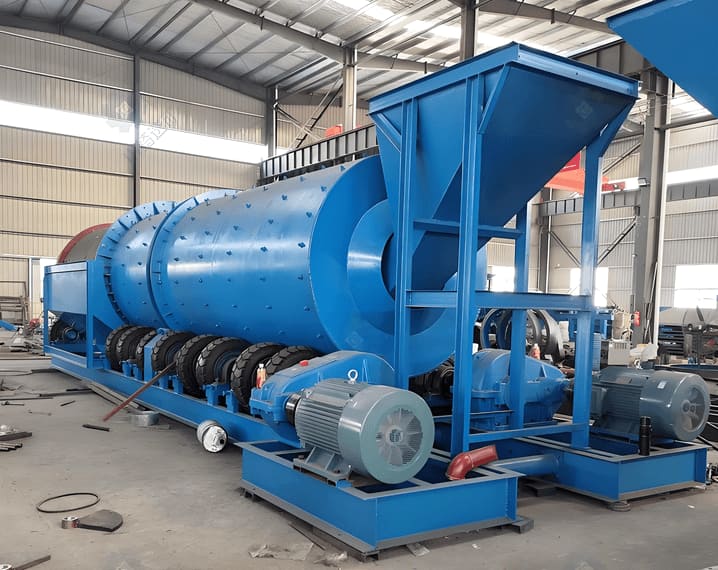
Ore Washing Technology and Equipment in Mineral Processing
In mineral processing, ore rich in clay or fine silt often leads to issues such as increased flotation reagent consumption and reduced magnetic separation efficiency. As a result, ore washing has become a key step in pre-treatment, effectively removing surface attachments through crushing and separation to improve subsequent mineral processing
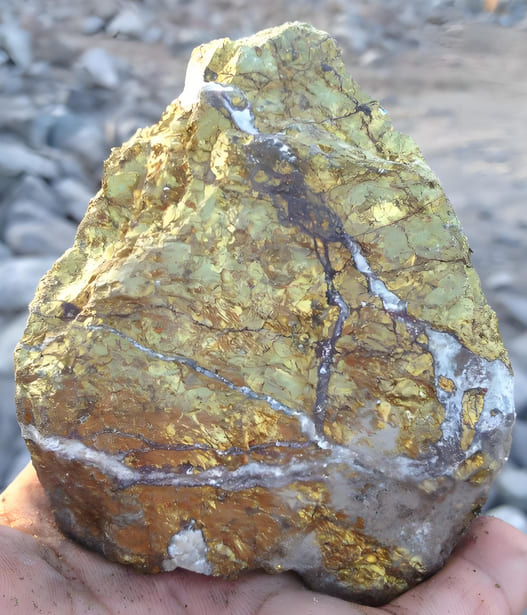
Unlocking Gold: A Guide to Ore Types and Their Processing Methods
Gold, as a globally strategic resource, has seen its price soar in recent years, making the efficient recovery of gold ore a top priority in the mining industry. Given the diverse types of gold ores—each with unique mineral compositions and gold occurrence states—tailored beneficiation processes are essential to maximize extraction
